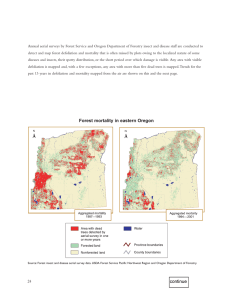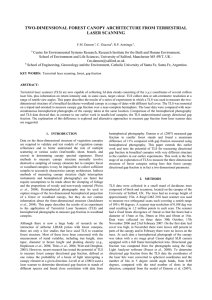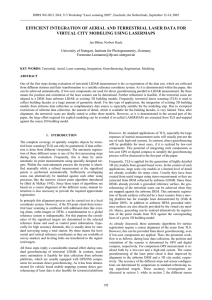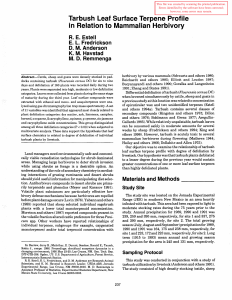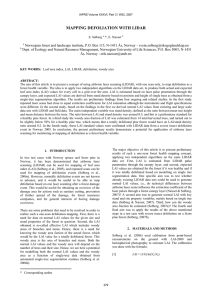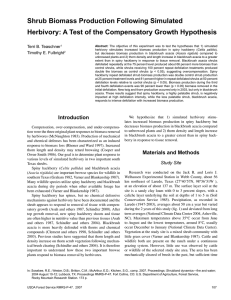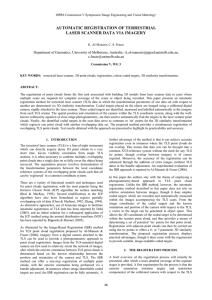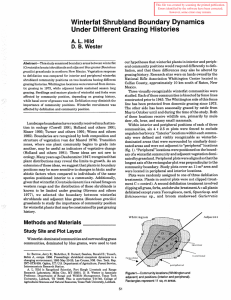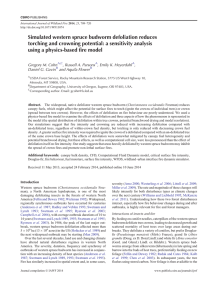COMPARISON OF TERRESTRIAL LASER SCANNER AND SYNTHETIC
advertisement
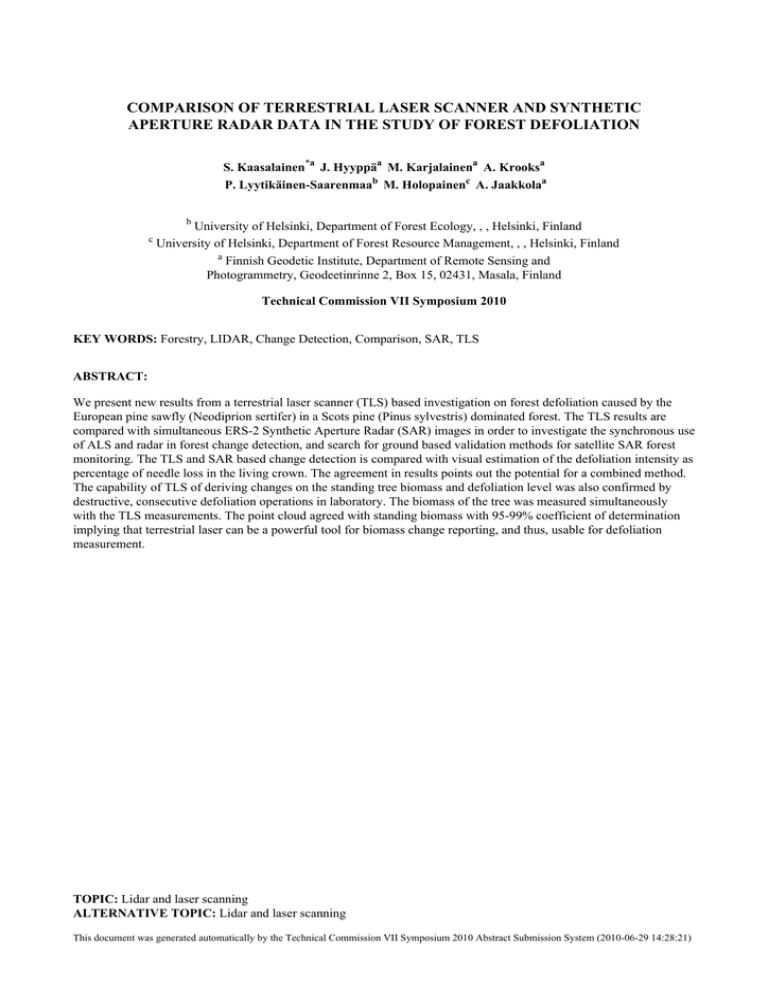
COMPARISON OF TERRESTRIAL LASER SCANNER AND SYNTHETIC APERTURE RADAR DATA IN THE STUDY OF FOREST DEFOLIATION S. Kaasalainen*a J. Hyyppäa M. Karjalainena A. Krooksa P. Lyytikäinen-Saarenmaab M. Holopainenc A. Jaakkolaa b c University of Helsinki, Department of Forest Ecology, , , Helsinki, Finland University of Helsinki, Department of Forest Resource Management, , , Helsinki, Finland a Finnish Geodetic Institute, Department of Remote Sensing and Photogrammetry, Geodeetinrinne 2, Box 15, 02431, Masala, Finland Technical Commission VII Symposium 2010 KEY WORDS: Forestry, LIDAR, Change Detection, Comparison, SAR, TLS ABSTRACT: We present new results from a terrestrial laser scanner (TLS) based investigation on forest defoliation caused by the European pine sawfly (Neodiprion sertifer) in a Scots pine (Pinus sylvestris) dominated forest. The TLS results are compared with simultaneous ERS-2 Synthetic Aperture Radar (SAR) images in order to investigate the synchronous use of ALS and radar in forest change detection, and search for ground based validation methods for satellite SAR forest monitoring. The TLS and SAR based change detection is compared with visual estimation of the defoliation intensity as percentage of needle loss in the living crown. The agreement in results points out the potential for a combined method. The capability of TLS of deriving changes on the standing tree biomass and defoliation level was also confirmed by destructive, consecutive defoliation operations in laboratory. The biomass of the tree was measured simultaneously with the TLS measurements. The point cloud agreed with standing biomass with 95-99% coefficient of determination implying that terrestrial laser can be a powerful tool for biomass change reporting, and thus, usable for defoliation measurement. TOPIC: Lidar and laser scanning ALTERNATIVE TOPIC: Lidar and laser scanning This document was generated automatically by the Technical Commission VII Symposium 2010 Abstract Submission System (2010-06-29 14:28:21)
